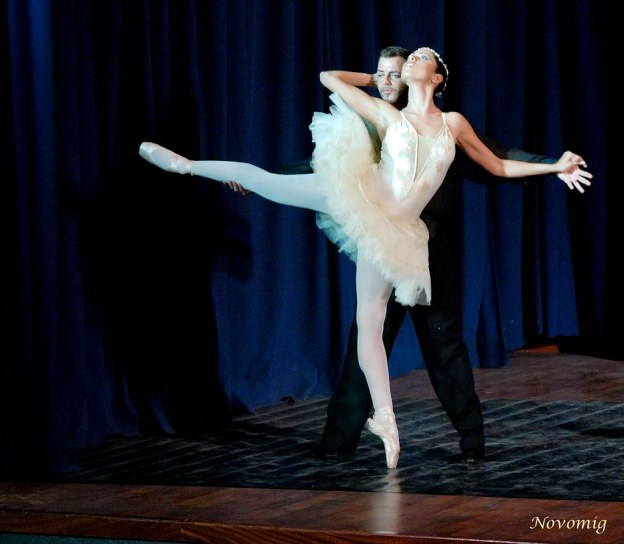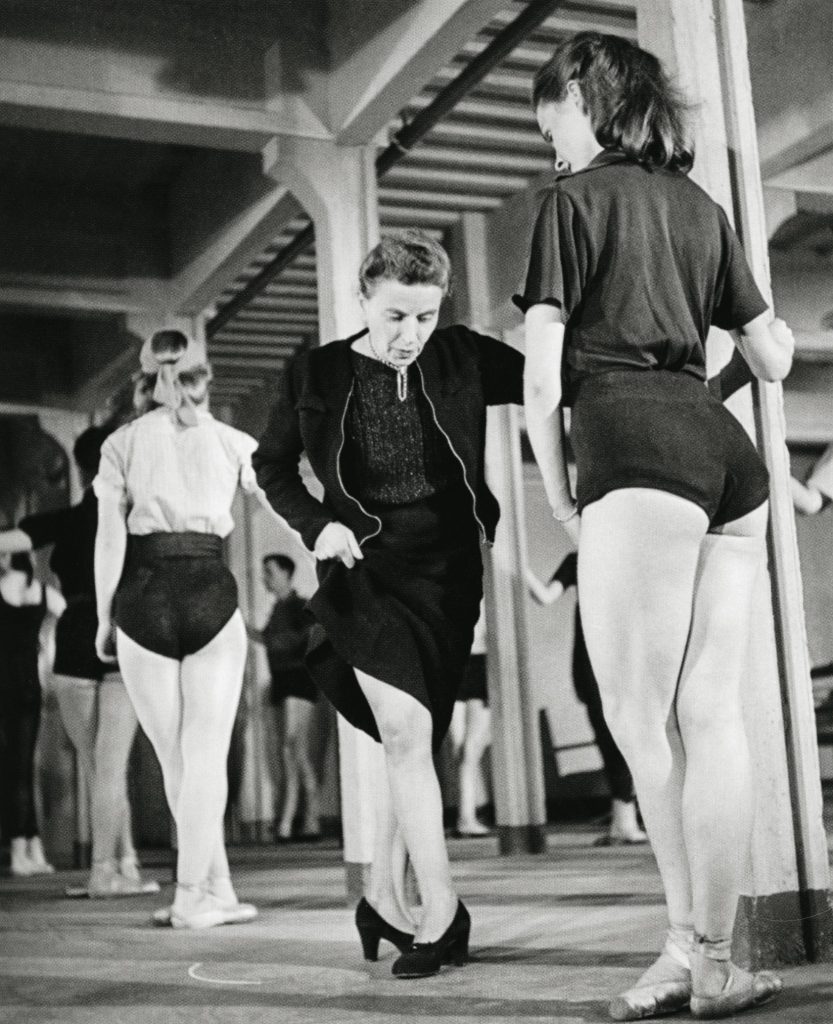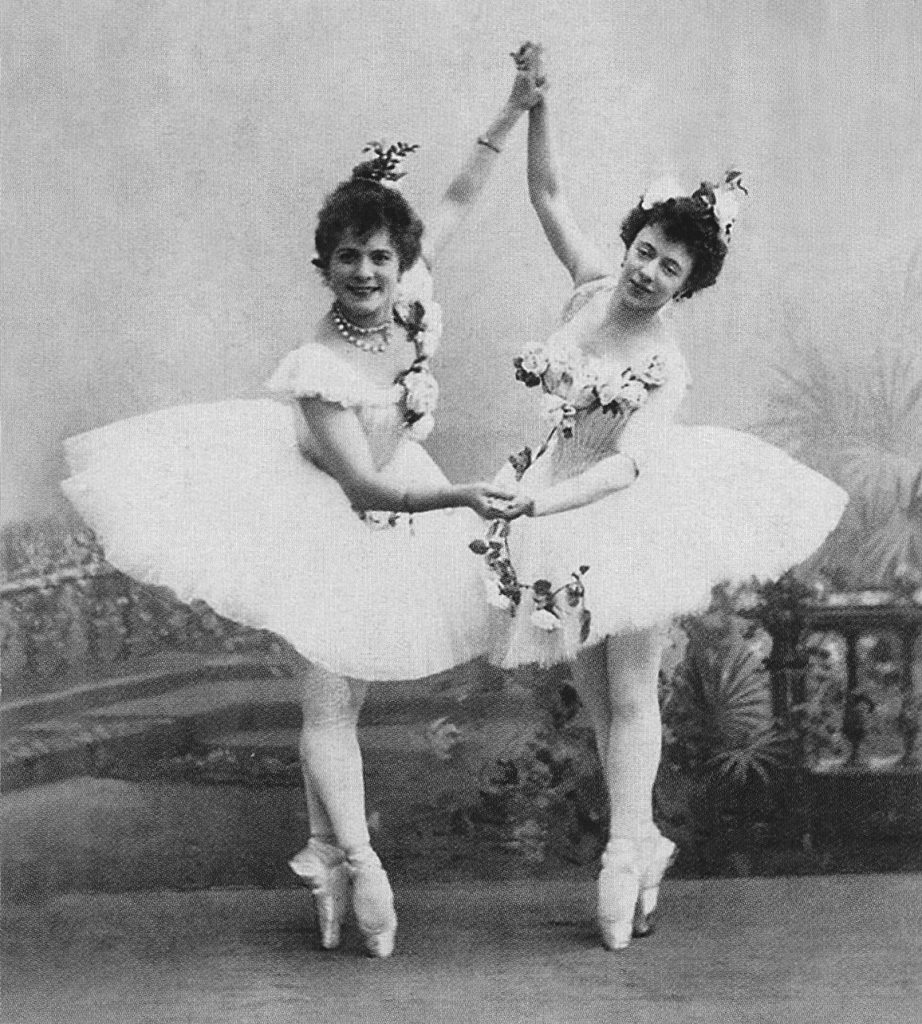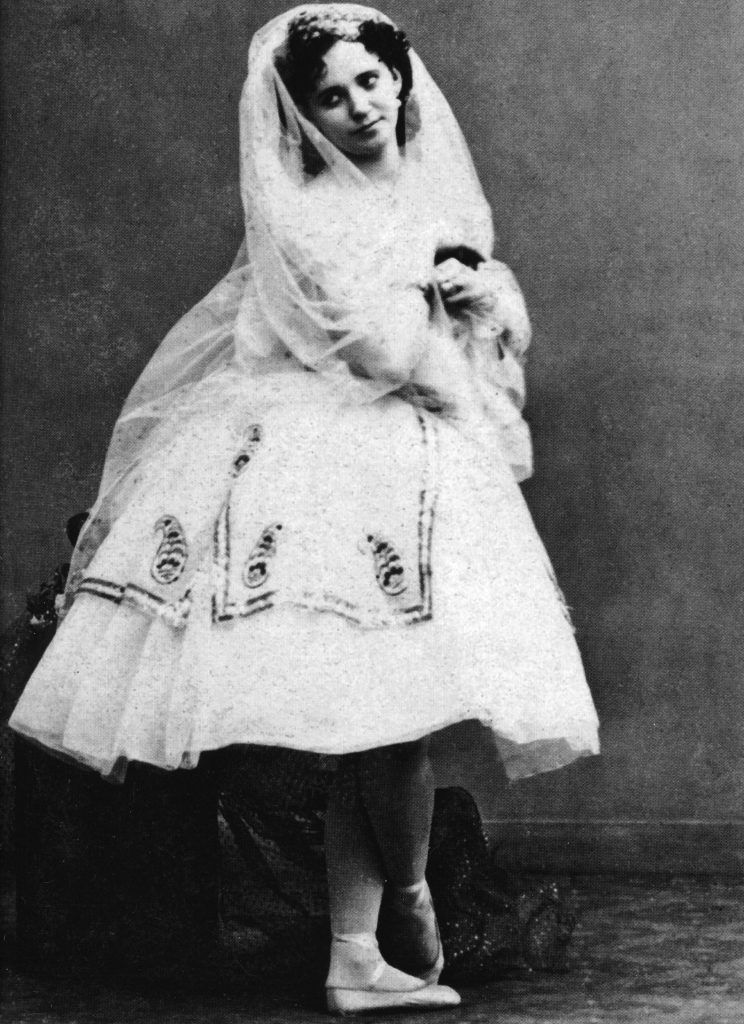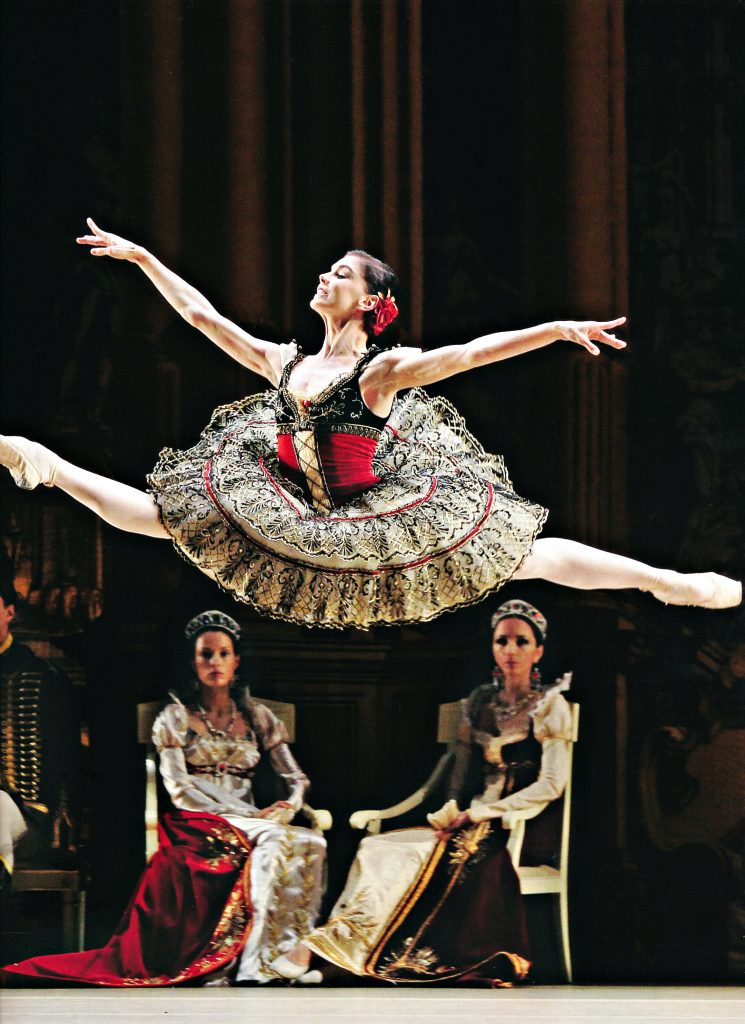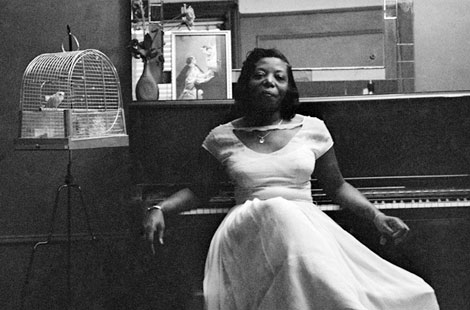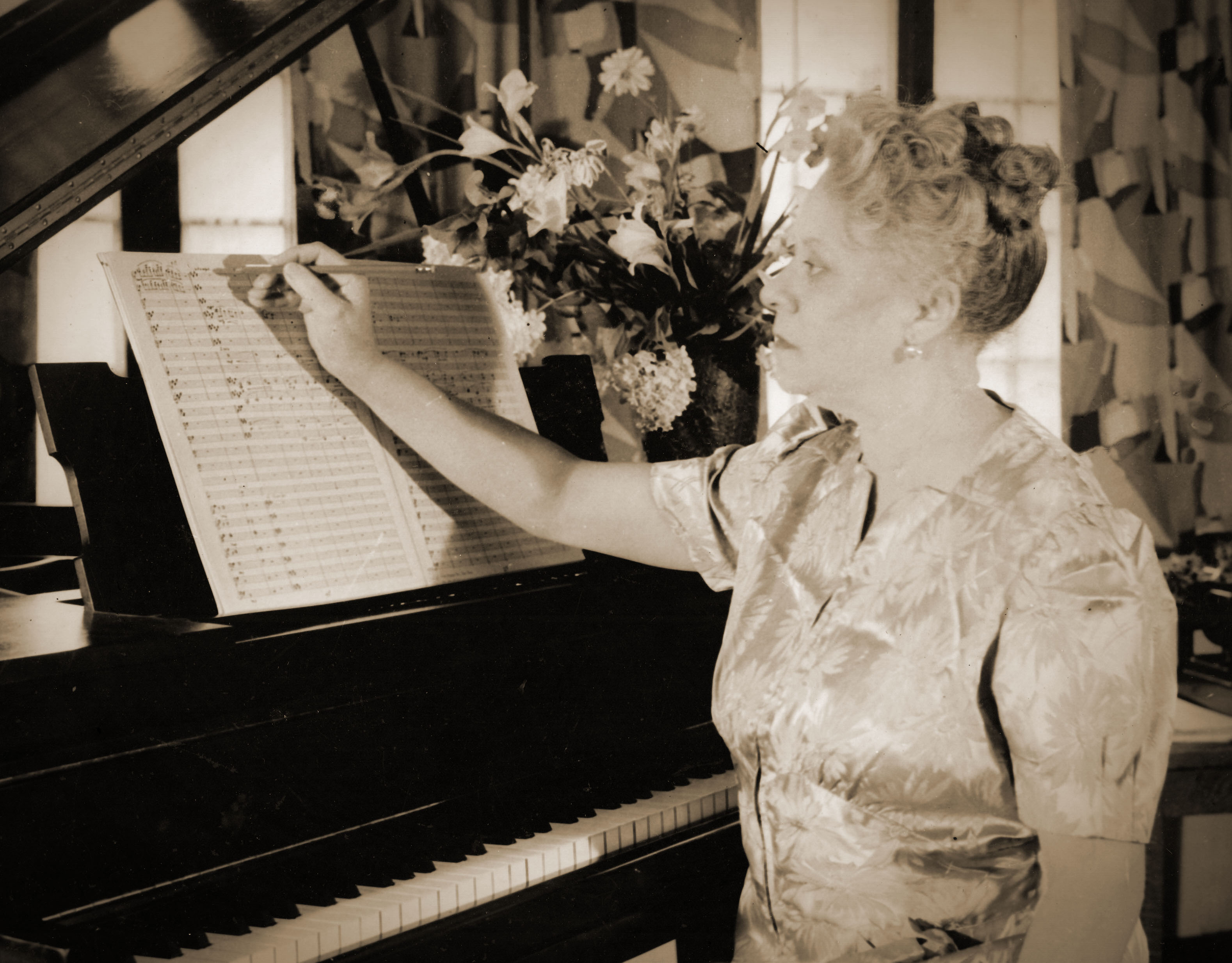
FEATURE image: Heino Eller with his students from The Tartu Higher Music School in the 1930’s.
Heino Eller (1887-1970) and Lepo Sumera (1950–2000) were both influential Estonian composers and music composition teachers. Following his graduation in 1920 from the Saint Petersburg Conservatory, Heino Eller taught music theory and composition in Estonia for the next 50 years.
The list of Eller’s students who are well-regarded composers in Estonia and internationally is lengthy and Eller’s musical legacy lives on through them.
Lepo Sumera is one of those students who, in Eller’s last years, studied with the legendary Estonian composer in Tallinn. Other notable Estonian composers who studied with Eller, starting in Tartu, are Eduard Tubin (1905–1982), Olav Roots (1910–1974), Karl Leichter (1902–1987), and Alfred Karindi (1901–1969). Eller’s students also included religious/minimalist music composer Arvo Pärt (b. 1985) and classical/film music composer Jaan Rääts (1932-2020), among others.

Heino Eller (center) in a group portrait with his students from The Tartu Higher Music School of composition in the 1930’s. Left to right: Estonian composers Eduard Tubin (1905–1982), Olav Roots (1910–1974), Eller, Karl Leichter (1902–1987) and Alfred Karindi (1901–1969). Photo: Public Domain, author unknown.

Lepo Sumera (1950-2000), Estonian composer, student of Heino Eller, and Minister of Culture during Estonia’s “Singing Revolution” between 1988 and 1992. Sumera is shown in his official government capacity in 1991. Estonia’s “Singing Revolution” signaled Estonia’s second revolution of independence from the Soviet Union in the twentieth century (the first was in 1920) which helped end the Cold War following World War Two. Photo: CC BY-SA 4.0.
From 1920 to 1940, Heino Eller, born in Tartu, Estonia, taught music theory and composition at Tartu Higher School for Music (today known as the Heino Eller Music School). During World War II, Eller’s wife, pianist Anna Kremer (1887-1942), was executed by the Nazis in a concentration camp because of her Jewish ethnicity.
After the war and following the Soviet occupation, Eller taught at Estonia’s Tallinn Conservatory until his death in 1970. It was at Tallinn State Conservatory (today the Estonian Academy of Music and Theatre) that Lepo Sumera studied with Heino Eller. Following Eller’s death, Sumera graduated from Tallinn Conservatory having studied with Estonian composer Heino Jürisalu (1930-1991).
Eller: Romanticism, Modernism and Folk Songs.
Eller’s early music (before 1940) is characterized by a broad romanticism which takes in impressionism, expressionism and modernism. His melodies and orchestrations are lyrical and refined by way of varying modernist modes of polyphony. Eller’s orchestral, ensemble and piano works often utilize the melodies and/or structures of Estonian folk songs.
Charles Coleman’s arrangement of Heino Eller’s Three Pieces for Flute and Piano (or string orchestra) was created in 2005. In three movements: 1. In the Valley 2. On the River and 3. In the Meadow, the performance of “In the Meadow” features soloist Maarika Järvi on flute. She performs with the Estonian National Symphony Orchestra conducted by the flutist’s brother, Kristjan Järvi. (2:06 minutes).
Three Pieces, flute and piano was composed in 1952. Whereas Eller’s music had been generally lyrical-romantic, influenced by Chopin, Grieg, Rachmaninoff and Scriabin, Eller’s musical idiom changed after World War II.
Eller’s music turned simpler and relied increasingly on folk melodies. By the early 1950’s his orchestral works with an illustrative idiom such as Flight of the Eagle (1950) and Singing Fields (1951) reflected official Soviet cultural policy to which Estonia, in Eller’s lifetime after 1940, was incorporated. It wasn’t until the end of the 1950’s, however, that Eller’s symphonic arrangements grew structurally denser.
Lepo Sumera: introduced electro-acoustic trends to Estonian music
As a student of Heino Eller, Lepo Sumera shared with the legendary composer a keen attention to compositional detail as well as being a key figure in his generation to introduce international contemporary music ideas and trends to the country.
In his 50 restive and creative years the late-20th century Estonian composer and teacher, Lepo Sumera, wrote six symphonies, the bedrock of his musical corpus. Sumera regularly collaborated with theatrical figures, film directors, choreographers, and artists to create over 70 film scores and music for the stage.
From 1988 to 1992, during the days of Estonia’s “Singing Revolution” which helped to end the Cold War, Lepo Sumera was his country’s Minister of Culture. It was not easy for the new government minister as his own house was subject to restitution to its rightful owners following the end of a half century of Soviet occupation.
Lepo Sumera was known by his students as a kind and thoughtful man. The professor and composer thought it nothing to bend down in the middle of a discussion on musical composition to tie the untied laces of a child’s shoe of one of his students. Whereas Sumera’s themes, especially in his symphonies, tackle quintessential issues of humanity—life, death, love, torment, and so on, in music that is multi-layered, dramatic and richly colored—his other and shorter works frequently offer a weightless, shimmering quality that lend to the music a sense of timelessness.
Performance at the 2019 Pärnu Music Festival of Lepo Sumera’s waltz from the animated 1986 color short film Kevadine kärbes (“Spring Fly.”). Arranged by Mihkel Kerem, Sumera’s music is characteristically playful and humorous but expressively direct. It is performed by the Estonian Festival Orchestra founded by Paavo Järvi in 2011. (7:39 minutes).

Heino Eller, Estonian stamp, 125th anniversary of Eller’s birth (2012).

Sketch portrait of Lepo Sumera, 2018, by Khanzhin Ivan. CC BY-SA 4.0.
SOURCES: https://www.emic.ee/?sisu=heliloojad&mid=58&id=11&lang=eng&action=view&method=biograafia
https://www.masterstudies.com/universities/Estonia/Estonian-Academy-Of-Music-And-Theatre/





